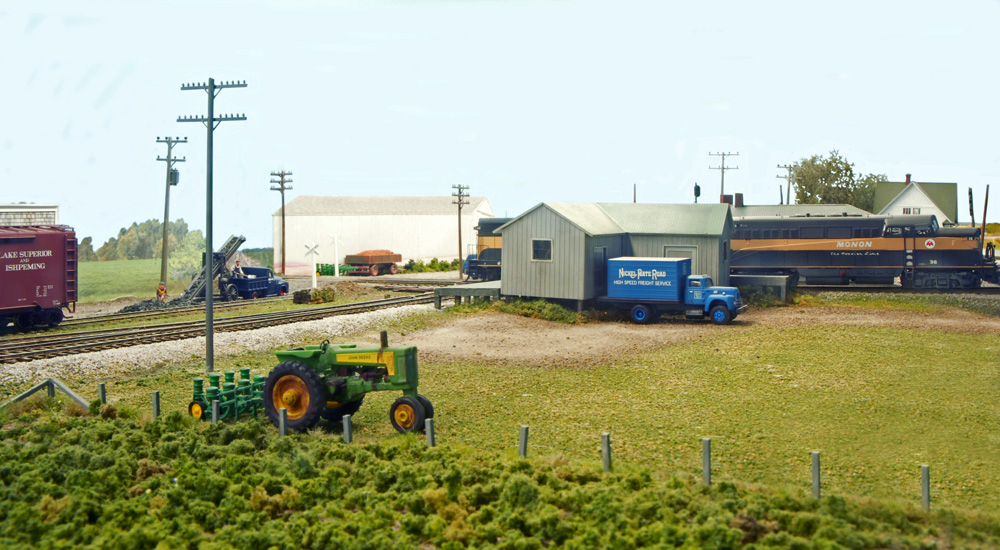
Great Model Railroads 2022 is packed with articles, photos, tips, tricks, and track plans from nine incredible layouts in HO, N, and O scales. This gallery features images from all nine of those model railroads. Great Model Railroads 2022 is on sale now at your local hobby store. You can also order directly from […]
Read More…
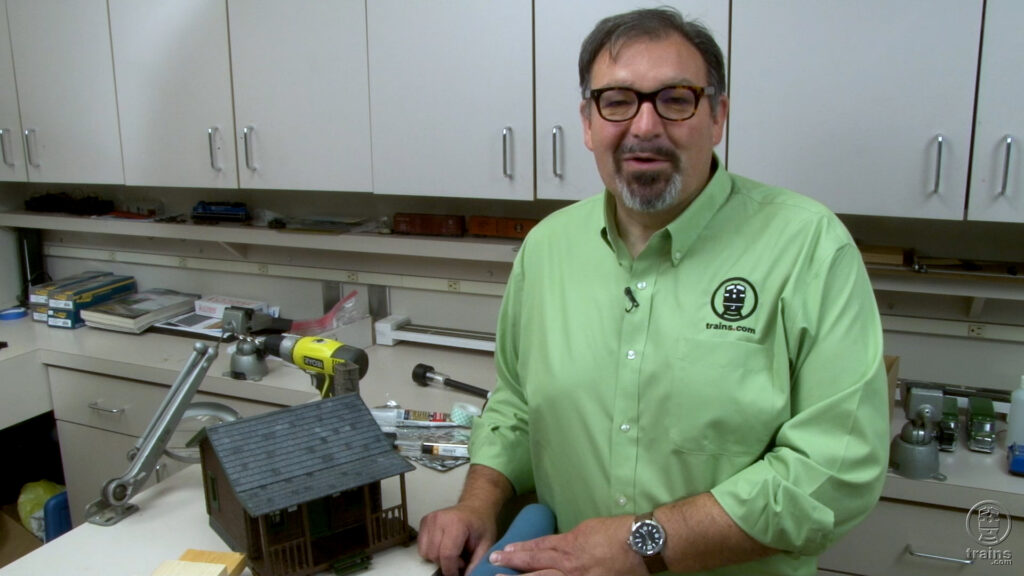
Garden Railways Editor Hal Miller shows step-by-step how to illuminate a PIKO cabin kit with an inexpensive solar-powered path light available from a home improvement store. […]
Read More…
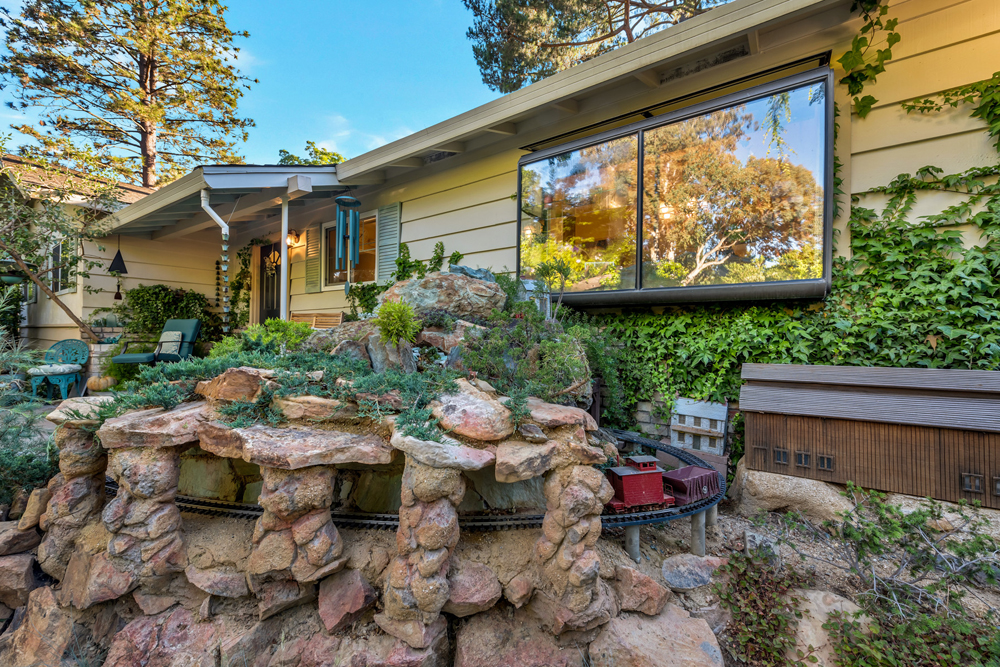
When I built my outdoor railway – on three sides of my house – I never intended to sell it. I thought I’d be teetering behind a walker at 90, running my live-steam engines over rails I had built to last a lifetime. I like building strong, “permanent” track, which gives me a feeling of […]
Read More…
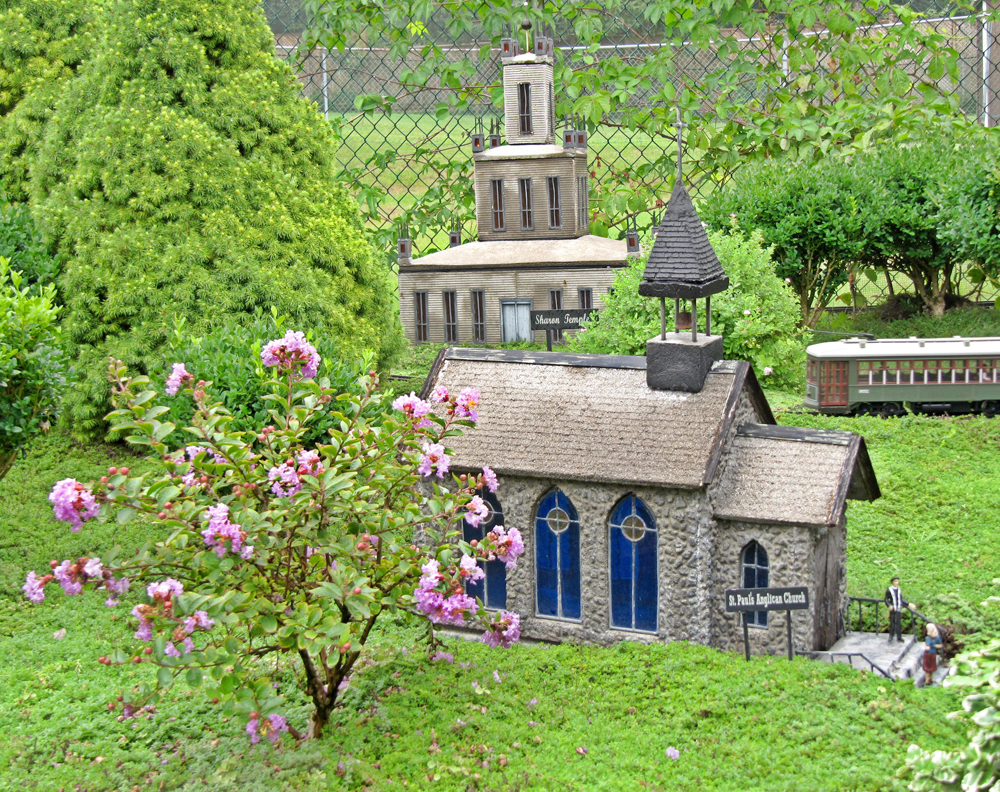
Common name: Dwarf crape myrtle
Latin name: Lagerstroemia indica ‘Violet Filli’ (Filigree series) Plant size: 6-24″, depending on the miniature variety Plant type: Shrubs and small trees USDA Hardiness Zones: 4-11 (or grown as an annual) Cultural needs: Well-drained, slightly acidic to acidic soil, full sun The miniature crape myrtle in the photo, one of […]
Read More…
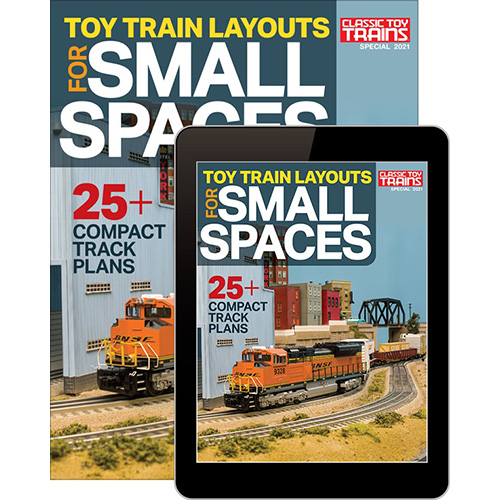
The latest special issue from Classic Toy Trains! If you’re looking to build your first toy train layout, or maybe just something more manageable, Toy Train Layouts for Small Spaces has you covered! It’s full of plans for layouts under 100 square feet that will fit in a spare room, including island and around the […]
Read More…
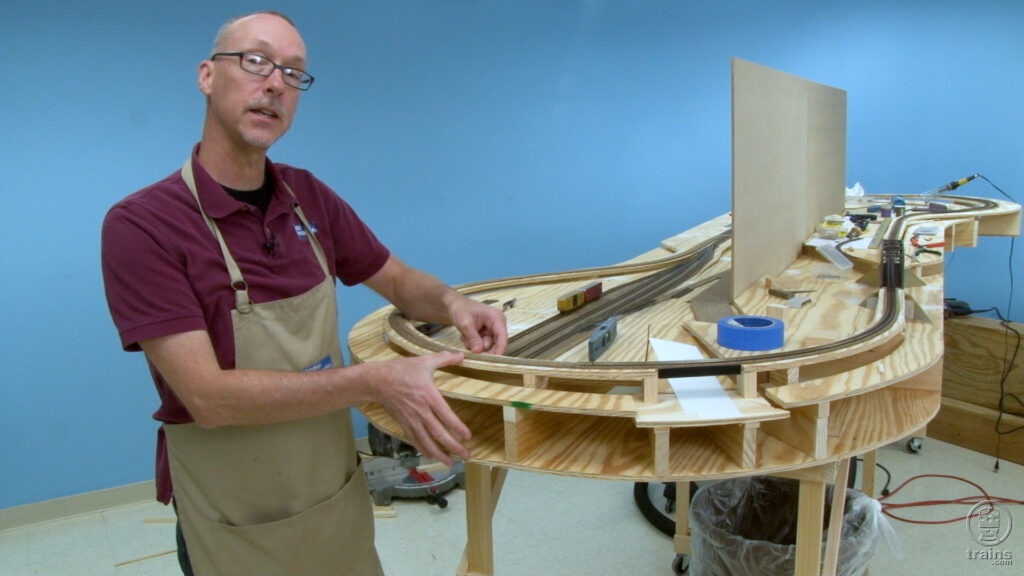
In this episode, David’s projects include repairing benchwork, installing a bridge, and laying curved track sections. Tune in for David’s tips and techniques for making flowing, smooth curves with Micro Engineering Flex-Track. […]
Read More…
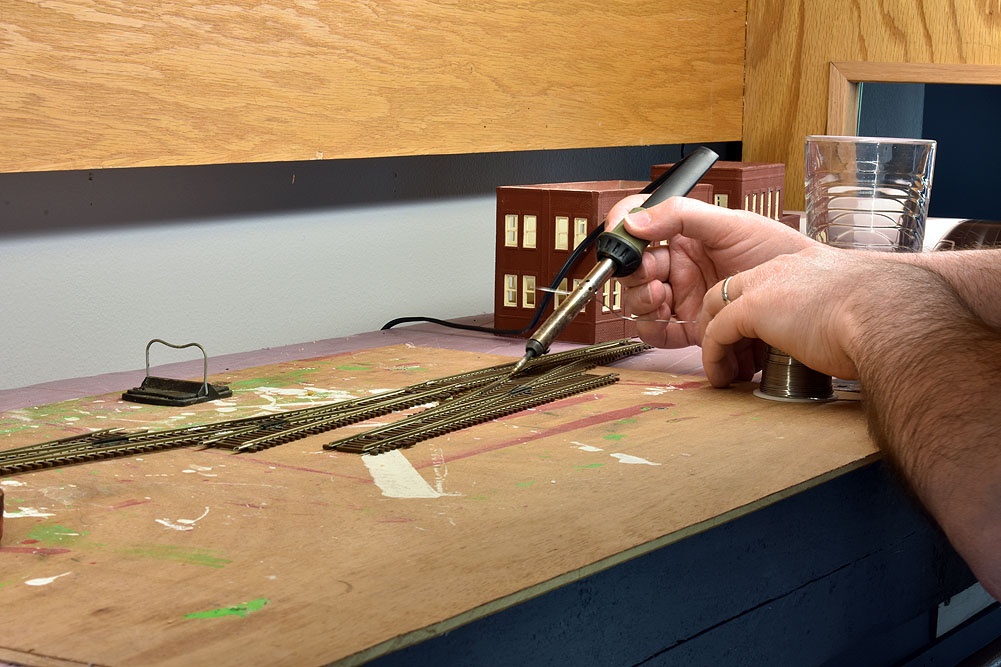
My little shelf layout is made from track and lumber salvaged from a small model railroad I was building in my apartment living room back in Pennsylvania before I moved to Wisconsin to work for Model Railroader. In my current living room, I only have room for a shelf layout, which is built into an […]
Read More…
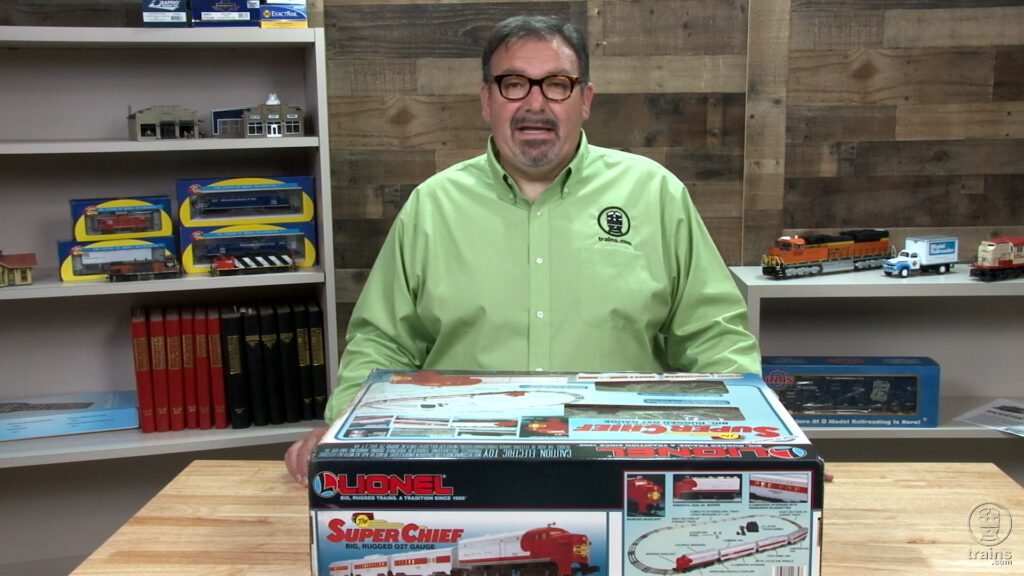
CTT’s Hal Miller has a look at Lionel’s no. 11739 Santa Fe “The Super Chief” set that was the first one in the modern era to feature an Alco locomotive. This O-27 outfit is still available and affordable on the auction and swap meet market along with its add-on cars. It’s great to run or […]
Read More…
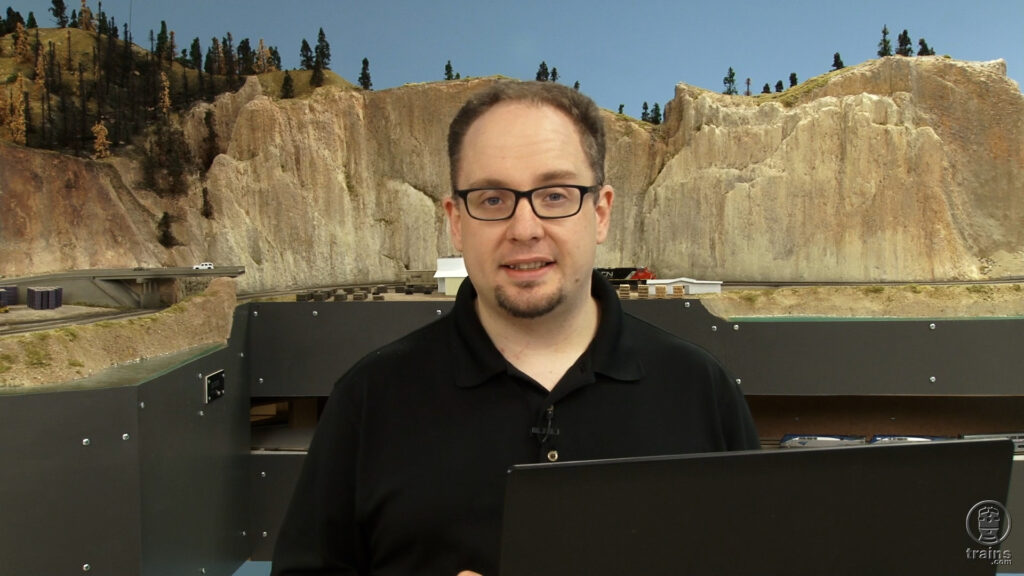
In this final series video, Trains.com resident DCC expert Ben Lake covers signal installation with JMRI. Using the Canadian Canyons N scale layout scale as his workbench, Ben walks and talks viewers through signal decoder setup, signal wiring schematics, PanelPro configuration, and more! […]
Read More…
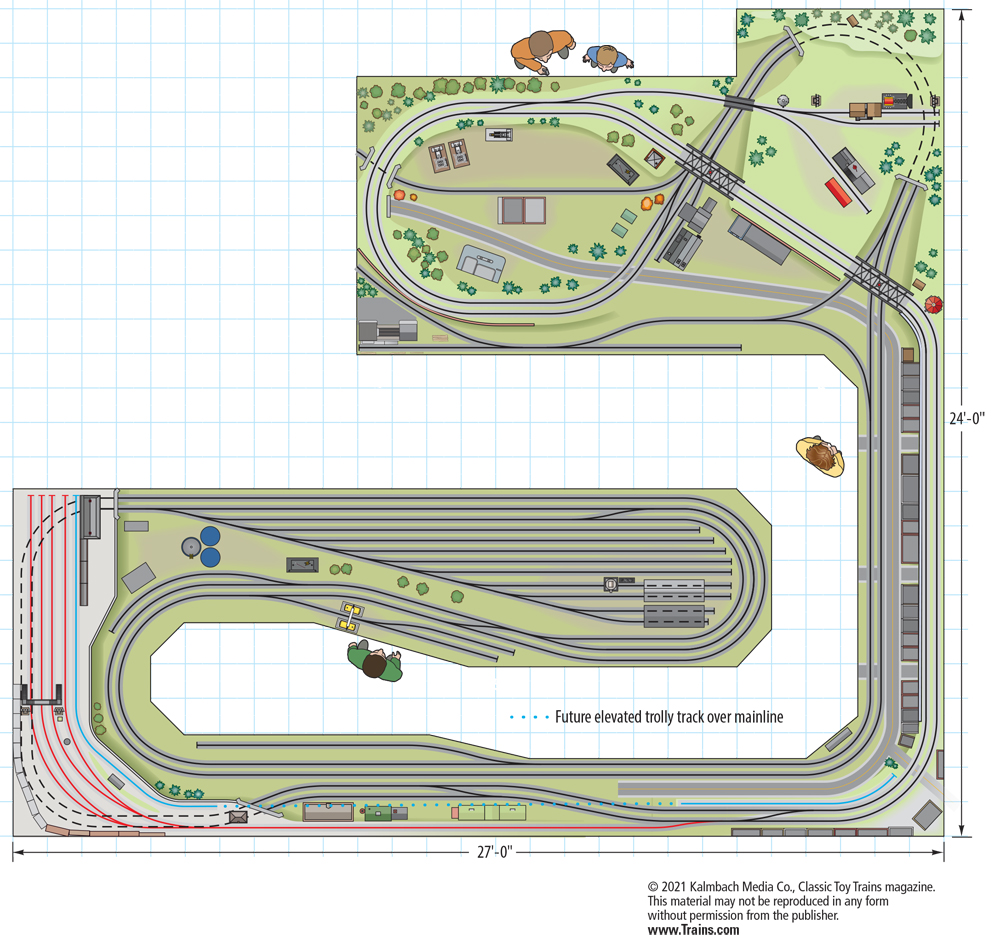
Facts & features Name: Len Smith’s O gauge layout Dimensions: 24 x 27 feet Track and switches: Atlas O (diameters range from 54 to 99 inches) Motive power: Atlas O, Lionel, MTH Rolling stock: Atlas O, K-Line, Lionel, MTH, Weaver Controls: Lionel types KW and ZW, MTH no. Z-4000 (2) transformers with MTH Digital Command […]
Read More…
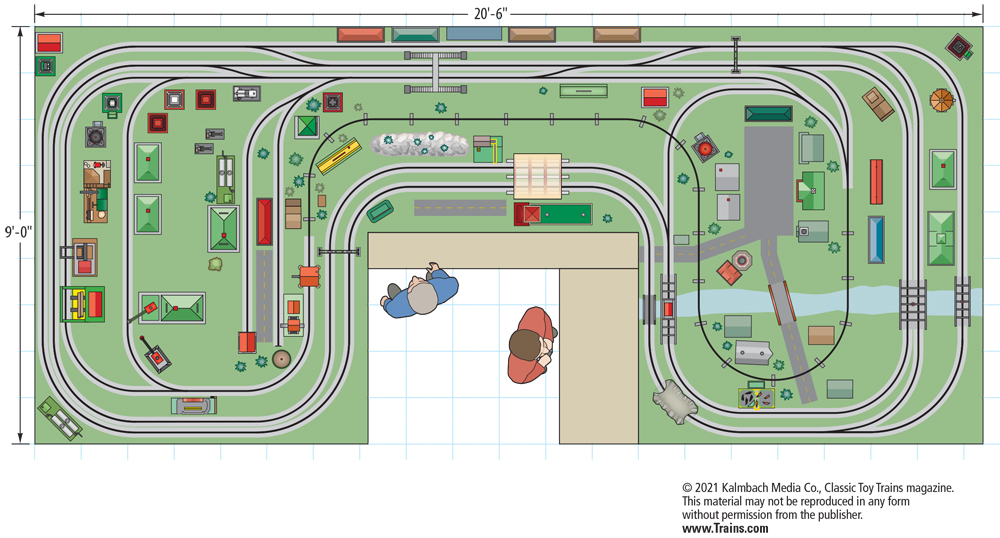
Facts & features Name: Bill Clark’s S gauge layout Dimensions: 9 x 20½ feet Track and switches: Gilbert American Flyer Motive power: American Models, Gilbert and Lionel American Flyer Rolling stock: American Models, Gilbert and Lionel American Flyer Controls: American Flyer nos. 12B (2), 30B (2) transformers with Lionel FlyerChief and Legacy command control Accessories: […]
Read More…
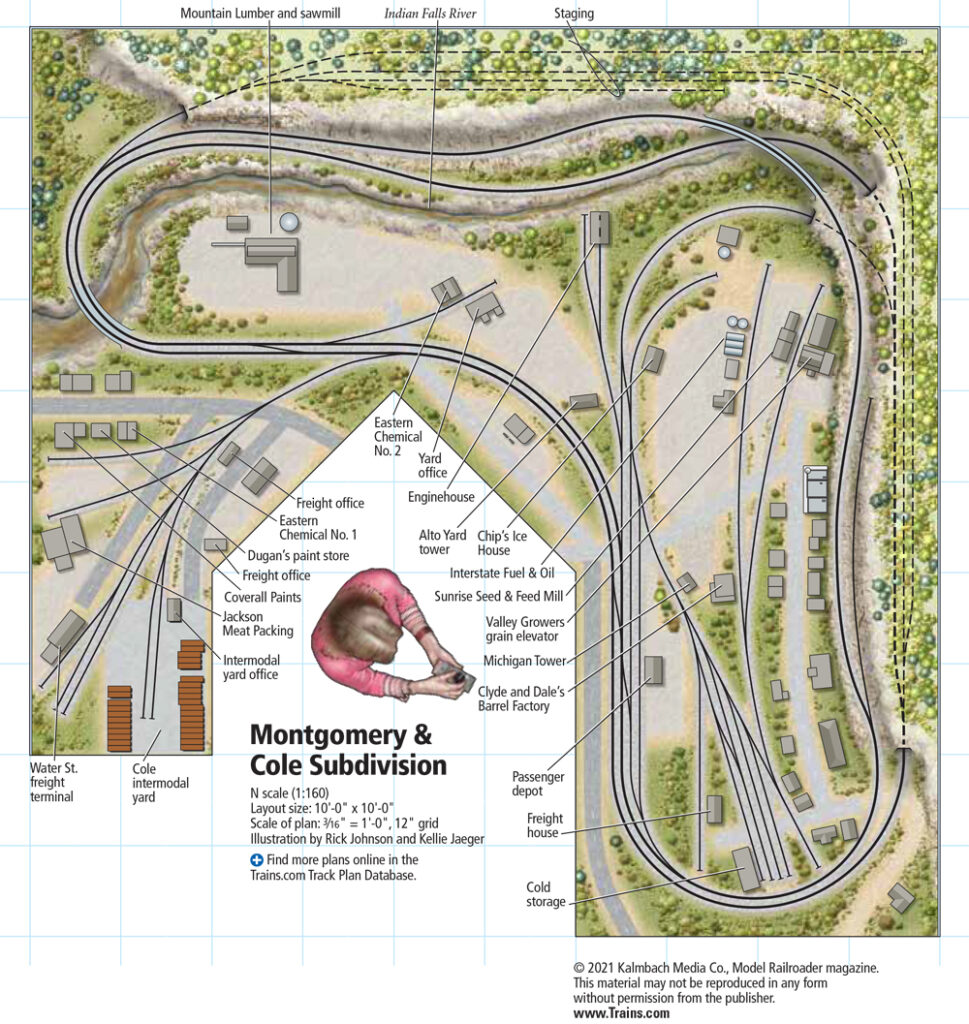
Facts & features Name: Montgomery & Cole Subdivision Scale: N (1:160) Size: 10′-0″ x 10′-0″ Prototype: Great Northern, BNSF Ry., and CP Rail Locale: western Montana, eastern Washington Era: 1970s – ’80s Style: walk-in Mainline run: 78 feet Minimum radius: 9″ Minimum turnout: no. 6 Maximum grade: 3.5 percent Benchwork: open grid Height: 441⁄2″ Roadbed: […]
Read More…












